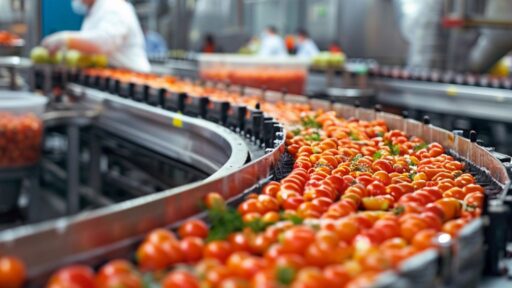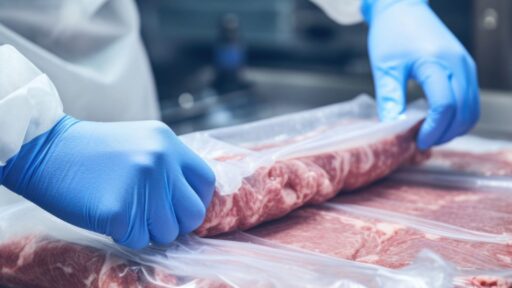Discover Why a CRM Is Essential for Food Processing Companies in 2025 :
Strategic Challenges in Rapid Evolution
By 2025, the food processing sector faces major challenges: complex supply chains, strict regulations, and cost pressures. Distributors and consumers demand greater transparency and responsiveness regarding product origin, safety, and availability. A CRM (Customer Relationship Management) system tailored to food processing is crucial to manage these complexities as a strategic advantage rather than a constraint.
Sector-Specific Characteristics
Food processors handle long production cycles, recurring orders, and perishable products. Their clientele includes purchasing centers, restaurateurs, and export markets. The CRM tracks:
Orders:
Volumes, delivery schedules, and payment terms.
Quality complaints:
Non-conforming batches, customer returns, and recall management.
Supplier audits:
Periodic evaluations, certifications (ISO, HACCP), and sustainability commitments.
Managing these elements simultaneously requires a central tool to ensure data consistency, facilitate cross-departmental communication (sales, production, quality assurance, logistics), and anticipate raw material needs.
Common Mistakes Without a CRM
Scattered customer data across ERP, spreadsheets, and emails: no single source of truth, leading to duplicates and inconsistencies.
Hard-to-retrieve order history: tracking down a past batch can take hours, delaying customer responses and risking stockouts or overstock.
Manual sales follow-up: reminders, contract signing, and negotiations occur via email or phone without unified traceability, leading to missed follow-ups and erroneous quotes.
Delayed quality follow-ups: without automated alerts, non-conformity incidents go unresolved, undermining customer trust and risking regulatory penalties.
These issues erode profitability (storage costs, penalties) and damage customer relationships in a sector where trust is essential.
How a CRM Changes the Game
A food processing–specific CRM centralizes all key indicators:
Volumes and pricing per customer, ongoing contracts, renewal dates.
Quality incidents: affected batches, report dates, and corrective action tracking.
Margins and negotiated terms: automatic cost, discount, and rebate calculations (volumes, loyalty, near-expiry stock).
The CRM automates:
Sales follow-ups:
Reminders before contract end, alerts when purchase volumes drop.
Quality alerts:
When a batch is flagged, a support ticket is automatically created, the quality team is notified, and a sample is sent for lab analysis.
Real-time data sharing:
Production sees confirmed order schedules to optimize line setups.
Quality control prioritizes batches for testing.
Logistics plans temperature-controlled shipments based on inventory and transport capacity.
For example, a processed meat manufacturer can set up a CRM alert so that if a supermarket customer logs a quality complaint about a specific batch, the CRM notifies quality, automatically quarantines the subsequent batch, and schedules a sensory analysis. Meanwhile, sales receives a summary to arrange a personalized customer follow-up.
Outcome: faster responsiveness, increased transparency across the value chain, and stronger customer satisfaction.
Conclusion
For food processing companies, a CRM is a strategic pillar in 2025. It structures customer relationships, aligns sales, production, quality, and logistics teams, and anticipates needs. By centralizing data, automating follow-ups, and triggering quality alerts, it streamlines processes, reduces costs, and builds lasting trust. Investing in a sector-tailored CRM is now essential to differentiate, gain agility, and support responsible growth.












